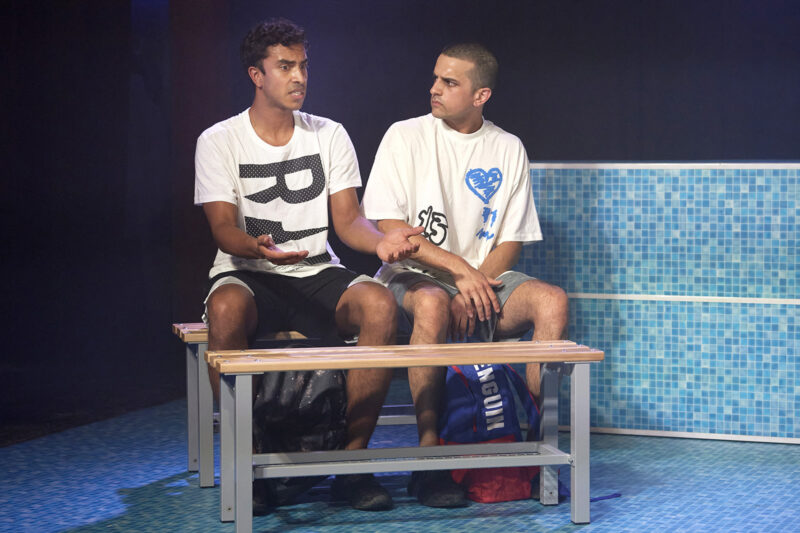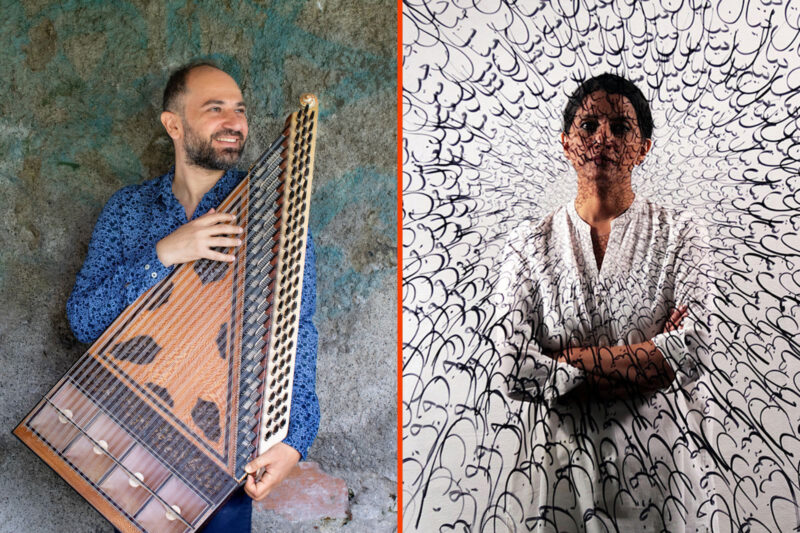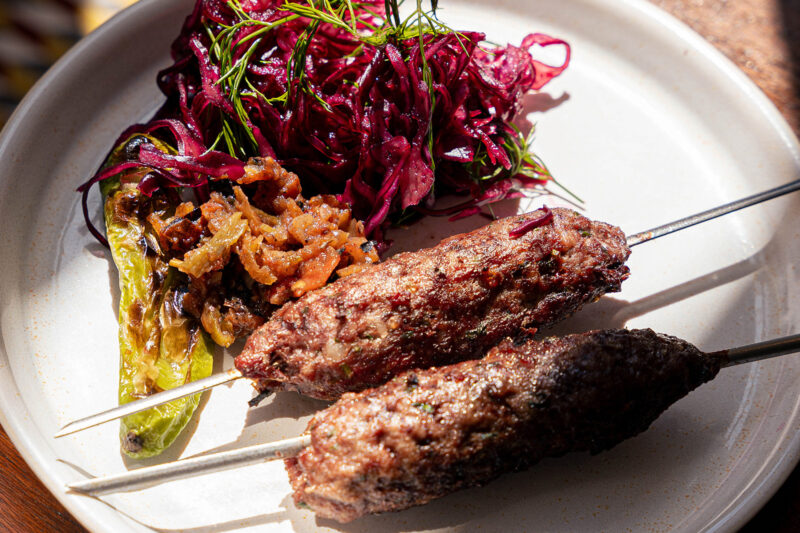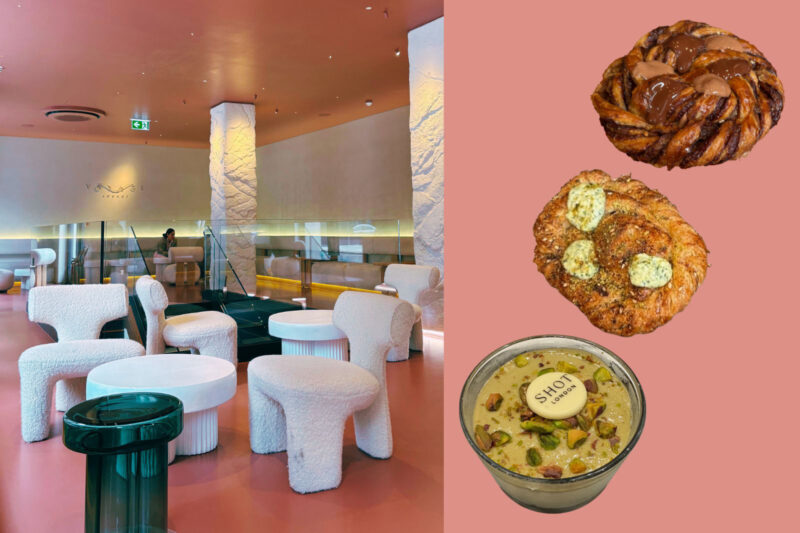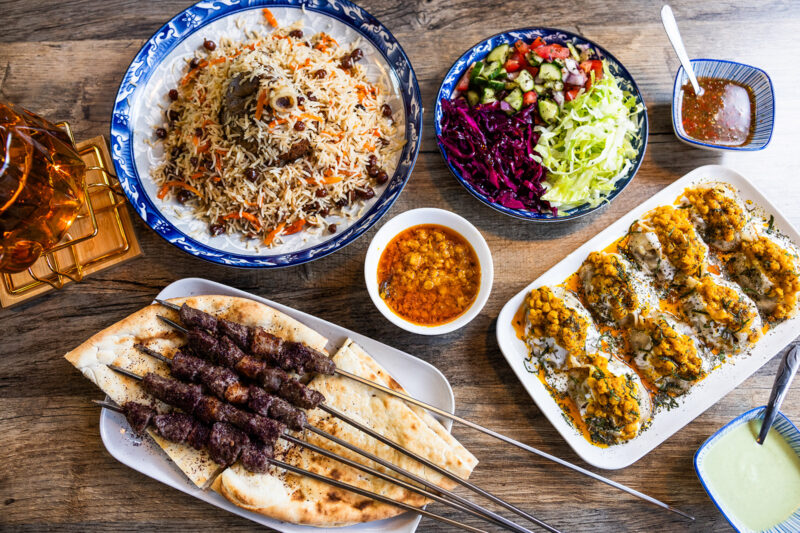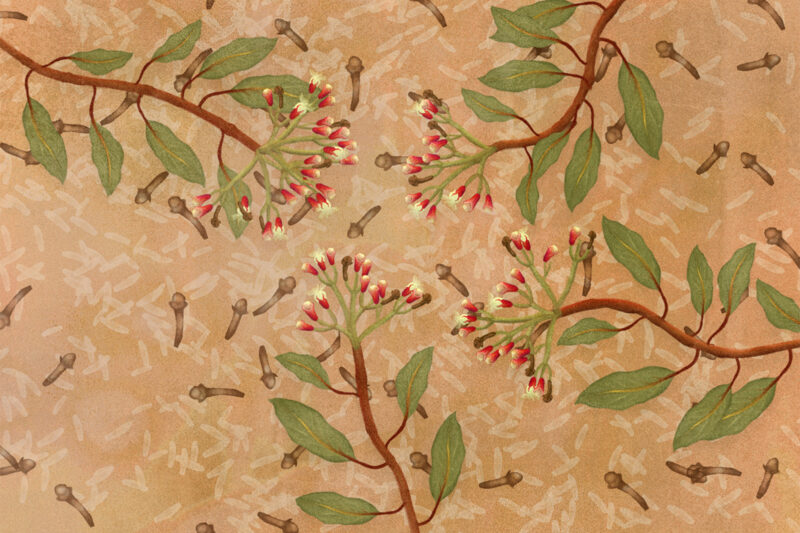Haggis pakora — Scotland’s perfect national dish
In a country renowned for finding ingenious ways to fry food, a centuries-old speciality has been given a South Asian makeover
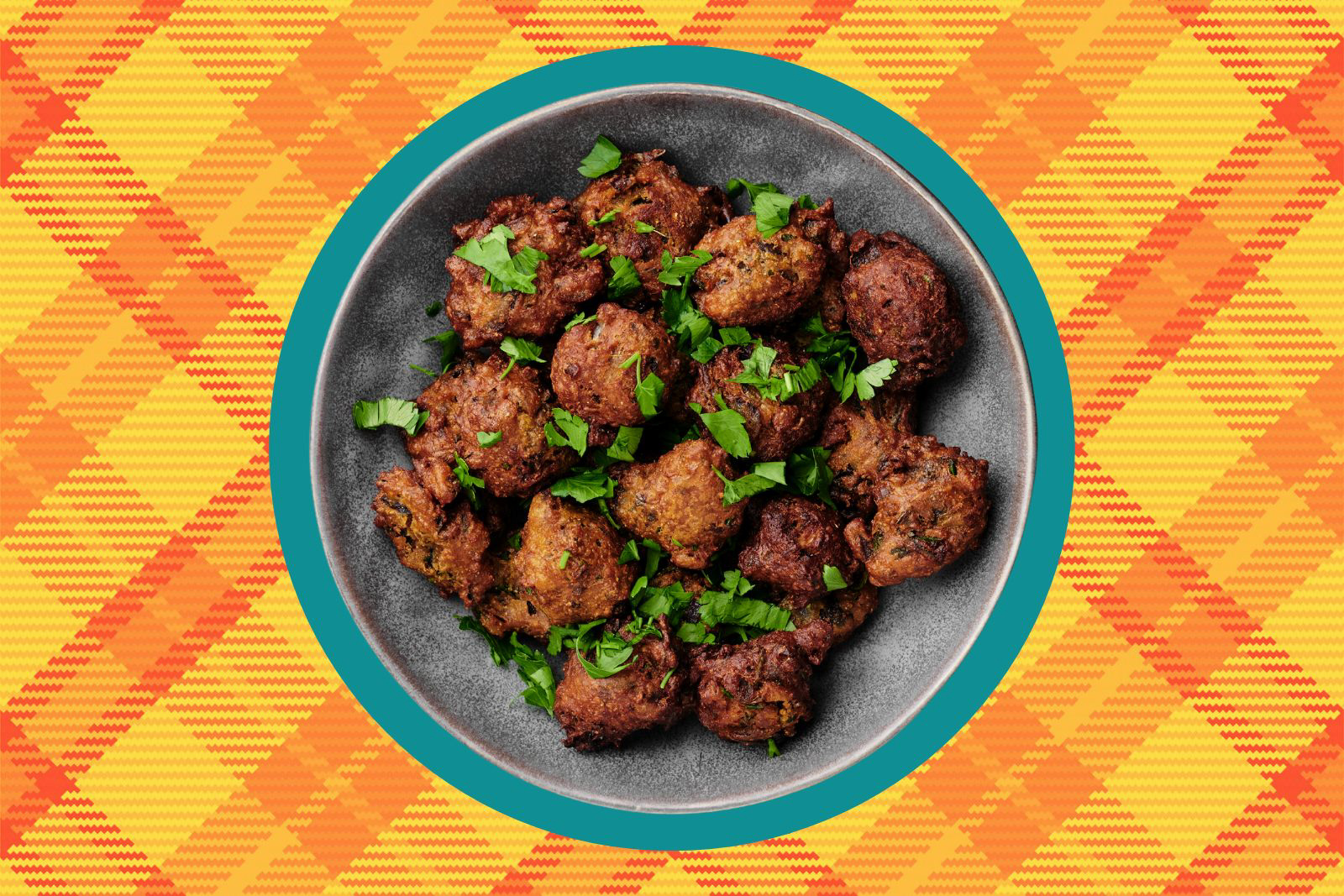
Sheep’s heart, liver and lungs, oats and spices, all encased in the animal’s stomach and boiled — the humble Scottish haggis might not seem to have the makings of a beloved national dish. Over the past decade, however, its popularity has soared among a new generation of foodies.
Growing up in Glasgow in the 1980s, I’d come across haggis once or twice a year to mark New Year’s Day or Burns Night, the annual birthday celebration of Scotland’s national poet Robert Burns on 25 January. Now, thanks to a revival of interest in traditional Scottish cuisine, the haggis has been remixed in a variety of innovative ways, from a breakfast sausage to a late-night, nacho-style snack with tortilla chips.
Nothing, however, rivals its reinvention as a filling for pakora, the golf ball-sized South Asian deep-fried snack more commonly made with spiced vegetables and covered in a crisp gram flour batter.
Pakoras were first introduced to Scottish diners by the newly established Pakistani Punjabi community in Glasgow during the 1960s. While the origins of the snack remain hotly contested — it may have been invented by Glaswegian Sikhs — it is now a common sight at weddings, both Muslim and non-Muslim, and Burns Night dinners.
Frozen versions can also be found in supermarkets throughout Scotland. In Edinburgh, Mrs Unis Spicy Foods, named after Shaheen Unis, who moved to the UK from Pakistan in 1967, has been producing South Asian food for wholesalers and retailers including Asda, Morrisons and Lidl since 1997. The company’s range includes parathas, spiced onions and chicken tikka.
Mrs Unis launched its haggis pakora in 2015 and sold 85,000 packs — a total of 20 tonnes — to retailers in the year to January 2025. “The nature of the haggis comes with spices including pepper, so there is quite a commonality there with those seen in Pakistani cuisines,” says Samuel Ceolin, a senior manager at the firm. “The Scottish pakora became an east-meets-west idea.”
“We have a very Scottish audience that enjoys the product, but there is also interest from the international community, a lot of feedback from the tourism sector,” he adds. “A haggis pakora is an interesting way for them to get a taste for haggis. Since haggis is not for everyone, the spices in the pakora have maybe helped make it more popular outside Scotland.”

Cooks working in Scottish takeaways have long popularised a number of artery-clogging fast food twists on everyday dishes. They include deep-fried pizzas — an oven-ready pizza is dunked in batter — and, more recently, Irn Bru-glazed chicken wings.
Haggis was consumed in Scotland for centuries before Burns wrote his famous ode to it in 1786. A humble peasant dish that makes sure no part of the animal is wasted, haggis is traditionally served with mashed swede and potato.
Despite being made, eaten and even hurled in competitions across Scotland, it has long been ripe for an overhaul. Around 2015, the introduction of breakfast, vegetarian and gluten-free versions boosted the popularity of the dish. As a result, global exports had soared to £8.8m a year by 2018, with a 136% increase compared to 2009 in tonnage shipped to countries across the world, including Iceland, the Czech Republic and Hong Kong. In the US, however, traditional haggis has been banned since 1971 after the government prohibited using sheep’s lungs as human food.
Haggis pakora first appeared about a decade ago, usually served as an appetiser accompanied by chilli or tomato sauce. Washed down with a can of Irn Bru, it has also become a late-night snack of choice for a generation of Scots.
Peter Gilchrist, a Glasgow-based food historian who writes about working-class culinary culture on his website Tenement Kitchen, says pakora was a well-established local favourite when he was growing up in 1990s Paisley, a few miles west of the city.
“I grew up eating more pakora than I did haggis,” he says. “If I had haggis once a year, it was on Burns Night. I had pakora twice a month. It was a part of my childhood. If my parents were going to treat us, they would get us a bag of mixed pakora from East End Tandoori in Paisley.”
He also points out that immigration is central to what is now widely viewed as Scottish cuisine. Fish and chips, for example, was introduced to the country by Italian immigrants in the 1900s.
“When it comes to haggis pakora, lots of people see it as a novelty and perhaps not the next step in our food evolution,” he says, adding that plenty of deep-fried dishes around the world — from falafel to tempura — are widely viewed as culinary gems. “We could reclaim some pride around frying, like other cultures do. For lots of white Scottish people, pakora is part of their family culture too.”
 Newsletter
Newsletter


